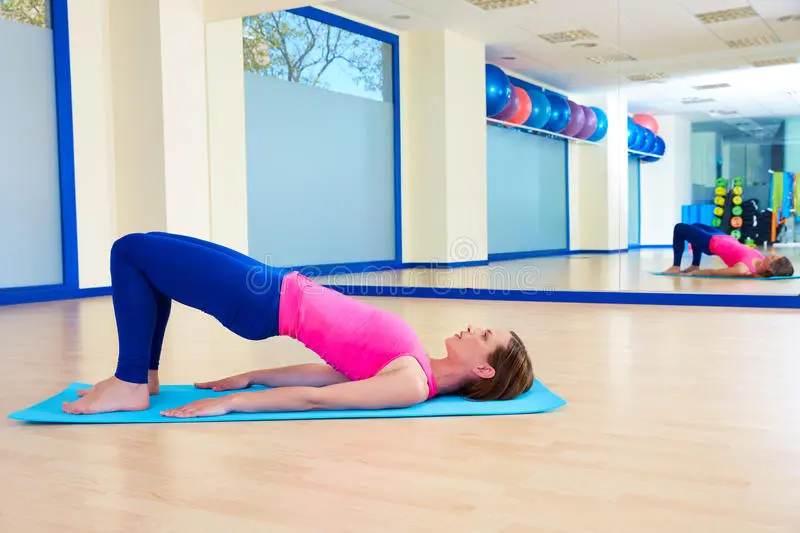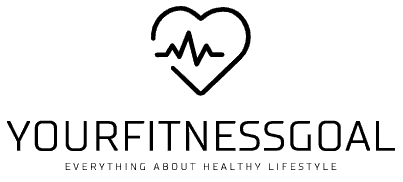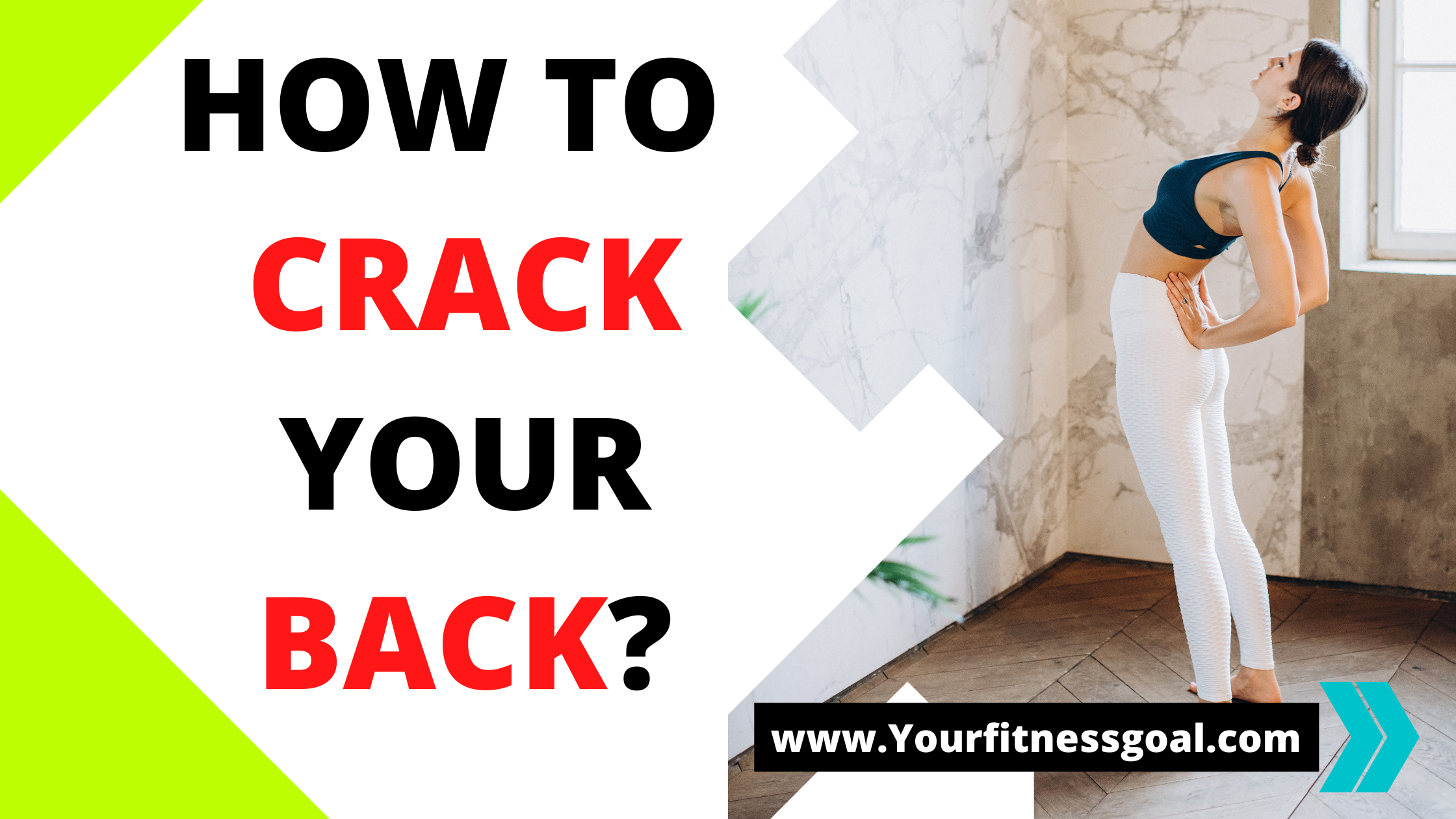If you are wondering how to pop lower back or how to crack your back then you have come to the right place. You’re adjusting, moving, or manipulating your spine when you “crack” your back. Overall, you should be OK doing this to your back on your own.
Here you will get answers to all most common questions like –
- how to crack your upper back
- how to crack your lower back like a chiropractor
- how to crack your middle back
These changes don’t have to make those distinctive cracking and popping sounds to be helpful, but we know they do provide a brief sense of relief. Just don’t overdo it or try to push things.
If you are wondering ‘is cracking your back is good for you then you can be assured that you can try these stretches and movements to release tension from your sore back muscles.
Here are 8 movements and stretches to help you cracking your back, also here you will know the answer for ‘how to crack your lower back by yourself’ just like a chiropractor.
Gentle stretches and motions to adjust your back, such as the ones mentioned below, can help warm up your body and muscles, allowing tense regions to release.
1. Bridge

The bridge is a more challenging portion, therefore people should go with caution.
A person should do the following to execute the bridge stretch:
- Lie on your back with your legs straight out.
- Bend the knees and plant your feet firmly on the ground.
- Straighten the arms parallel to the body.
- Raise the hips toward the ceiling, aligning them with the torso and thighs.
- Put your weight on your feet and shoulders.
- Hold the stretch for about 30 seconds before slowly lowering the hips to the ground.
People who want a more advanced stretch can raise their hands over their heads, palms flat on the ground. They may push the shoulders of the grommet from this posture.
2. Kneeling back extension
To do the kneeling back extension, a person must:
- Begin on your hands and knees, with your hands immediately under your shoulders.
- Lean forward into the arms, circle the shoulders, and lower the hips gently toward the floor.
- Hold for approximately 5 seconds.
- Bring the buttocks closer to the heels, extend the arms forward, and hold for 5 seconds.
- Return to your starting point.
3. Supine twist
- Lie down on your back, straightening your right leg and bending your left.
- Extend your left arm to the side, away from your body, and tilt your head to the left.
- Twist your lower body to the right while holding the stretched position. Assume you are attempting to contact the ground with both your left shoulder and your left knee. You don’t have to do this since your left shoulder will most likely be elevated off the floor and your knee may not reach the floor on its own.
- If it doesn’t reach down, lay a cushion under your left shoulder.
- Deeply inhale while pressing down on your left knee with your right hand.
- To deepen the stretch, draw your left knee higher up toward your chest or straighten your leg.
Repeat on the other side.
This stretch will be felt in your lower back.
4. Back extension
- Make a fist with one hand and wrap your opposite hand around it at the base of your spine while standing.
- With your hands at a small upward angle, push up on the spine.
Lean back and crack your back with the pressure of your hands. - Move your hands up your spine and repeat the stretch at various levels.
This stretch will be felt down your spine when you apply pressure.
Try the next exercise as a variation on this stretch.
5. Back-of-chair stretch
- Sit in a chair with a sturdy back that allows your shoulder blades to fit over the top.
- You may either interlace your fingers behind your head or raise your arms above your head.
- Sit back and relax.
- Continue to lean back over the top edge of the chair until your back breaks.
You may experiment with different heights by moving your body up and down slightly.
This stretch will be felt in your upper and middle back.
6. Upward stretch
- Interlace your fingers behind your head from a standing position.
- Extend your spine slowly upwards and arch backward, pushing your head into your hands.
- To create resistance, press your hands into your skull.
- Hold this pose for 10 to 20 seconds. Remember to take deep breaths.
7. Chair twist
- Sit in a chair and extend your right arm across your body to grip the chair’s left side. Your right hand should rest on the chair’s seat or the outside of your left leg.
- Raise your left arm behind you and loop it over the back of the chair.
- Twist your upper body to the left as far as you can while maintaining your hips, legs, and feet forward.
- Repeat on the other side to twist to the right.
Beginning at the base of your spine, twist. This stretch will feel good in your lower and midback.
8. Seated twist
- Sit on the floor with your left leg outstretched in front of you and your right leg bent so your knee is up.
- Place your right foot outside of your left knee and cross your right leg over the left.
- Maintain a straight and long spine.
- Place your right hand between your hips and your left elbow outside your right knee, looking over your right shoulder.
- To deepen the stretch, press your arm and knee against each other.
The twist should begin at the bottom of your spine. This stretch will go all the way down your spine.
Does Popping Your Back Cause Arthritis? Or Is it good to crack your back?
Another widely held belief is that back cracking promotes arthritis. This is a legend. While the origins of this belief are unknown, research has proven that there is no direct relationship between cracking your knuckles or other body parts and an increased risk of arthritis development. Physical therapists, pain experts, and chiropractors can assess your back issue and help you crack it.
Risks
Despite the little danger of significant damage, persons should use caution while cracking their back.
Excessive force might cause injuries such as strains or muscular discomfort. Furthermore, by cracking their back, a person may aggravate an underlying problem.
People suffering from back discomfort should see a doctor or physical therapist learn safe back-cracking exercises. A trained expert will know how to move the spine with little force.
Long-term back discomfort might be the result of an underlying medical condition, such as:
disk degeneration spondylolisthesis A herniated disk is caused by degeneration, spinal stenosis, compression, and fractures.
Tips to practice
These easy stretches may be done as part of a larger stretching program or as a stand-alone throughout the day.
Always move slowly into and out of each exercise, avoiding abrupt or harsh movements. Before and after each stretch, you may wish to take a few seconds to relax.
Be gentle with these stretches, gradually increasing the amount of pressure or tension.
Typically, each stretch will result in a single adjustment rather than a series of them. Even if you don’t get an adjustment, these stretches should feel wonderful and help you loosen up your joints.
When not to crack your own back
It may be fine to adjust your own back as long as you do it slowly and cautiously. Some individuals, however, think that it should be done by experts because they are specially educated in how to adjust backs properly.
Incorrect or frequent back adjustments may aggravate or cause discomfort, muscular strain, or injury. It may also result in hypermobility, a condition in which your spine and back muscles lose flexibility and become out of position.
You should not crack your own back if you have back discomfort, edema, or an injury. This is especially critical if you have or believe you have a disc problem.
Wait until you are healed before seeking the assistance of a physical therapist, chiropractor, or osteopath.
Conclusion
When correcting your own back, it’s critical to listen to and understand your body. Be gentle with your body and avoid forcing it to execute motions or to assume any position. These stretches should not give you any pain, discomfort, or numbness.
Experiment to see which stretches work best for you, as not all of these stretches will be suitable for your requirements.
If you suffer significant discomfort or if your symptoms worsen, stop practicing and consult a physical therapist, chiropractor, or osteopath.

Hey, y’all! I’m Akshay!
I’m SO excited you’re here! I’m super passionate about nutrition and specialize in teaching others how to lose weight through healthy, low-carb eating along with Yoga and exercises. Here at Yourfitnessgoal, we believe in quality over quantity and that diet is EVERYTHING when it comes to your health and well-being. In short, we believe in a Fit and healthy lifestyle.

